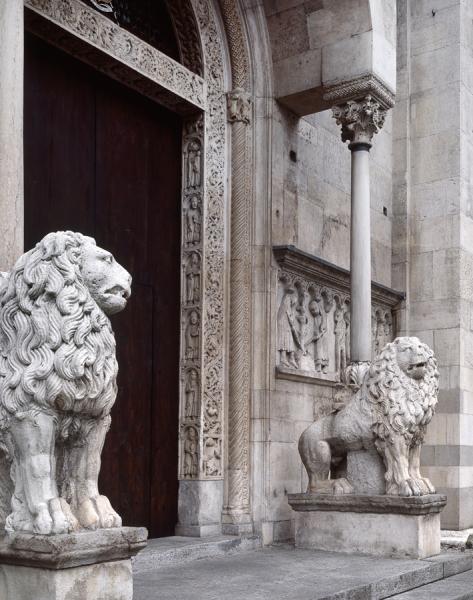- Read offline
- Access all content
- Use the in-app Map to find sites, and add custom locations (your hotel...)
- Build a list of your own favourites
- Search the contents with full-text search functionality
- ... and more!
Modena History
Ruritania, Italian-Style

Known in ancient times as Mutina, the city began as a settlement of the Celtic Boii. The Romans took it in 183BC, and it made little account of itself until the end of the empire, when it had the honour of being sacked by both the Huns and the Lombards.
Medieval Modena grew back to prominence as part of the ‘Canossiana’, the state founded by Atto Adalbert in the 10th century and made glorious by Countess Matilda, powerful ally of the pope; under her rule the city began its great cathedral (1099). When it became an independent comune, however, like most of Italy the city got caught up in the endless factional strife between the Guelphs, backing the popes, and the pro-imperial Ghibellines.
As was so often the case among the contentious free cities, Modena's Ghibelline party came to dominate simply because the Guelphs held power in the city’s chief rival, Bologna. Throughout the long campaigns of Emperor Frederick II in the north, Modena was to remain one of the emperor’s most faithful allies.
Images by Renaud Camus, Unesco, Wikimedia

